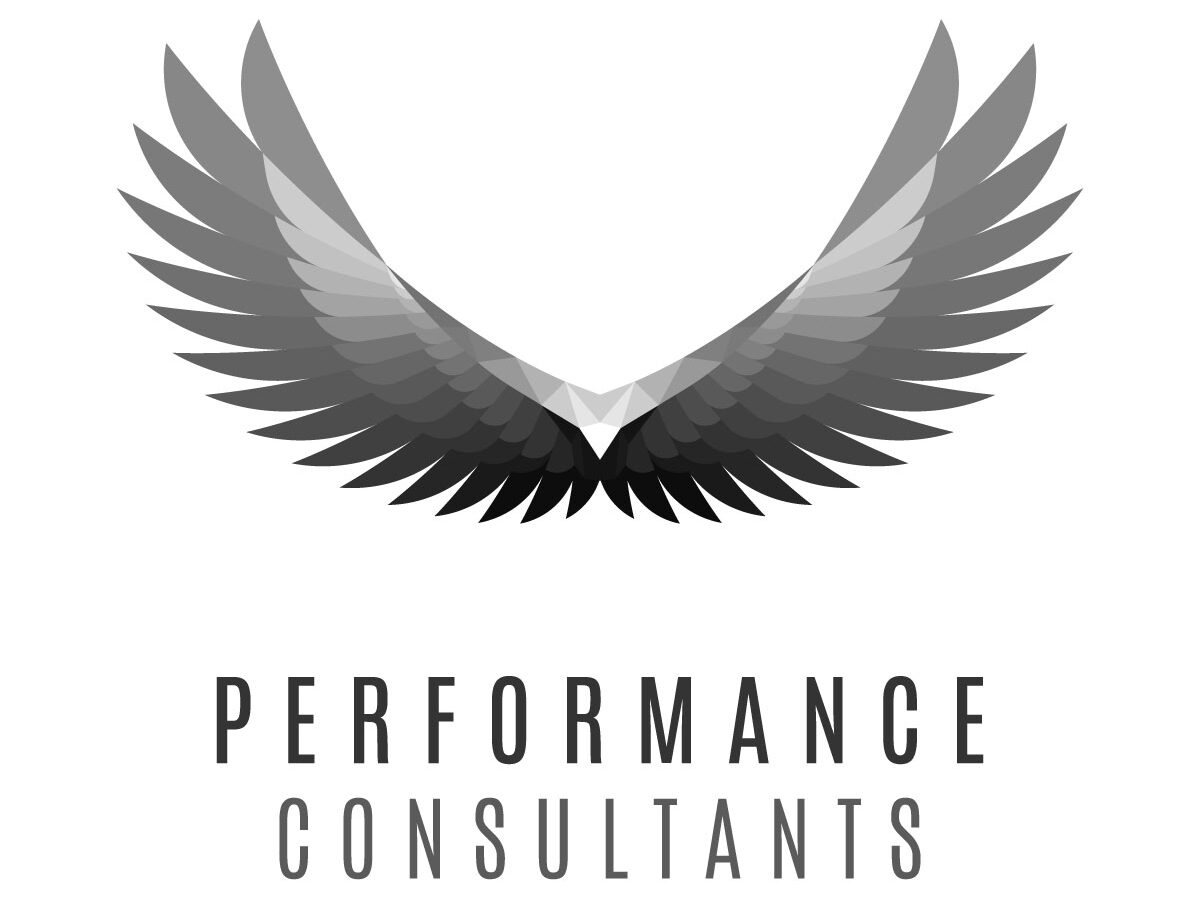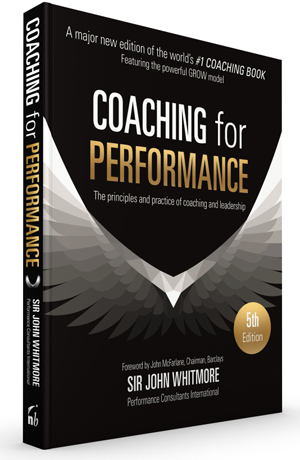
Discover how coaching-based safety training can save lives
– 5 mins read –
The shift happening in the niche area of safety training is indicative of a shift happening in organizational cultures globally. Everyone would agree that we are living in an age where flatter organizations that encourage employee engagement, ownership and better flows of information are replacing the old top-down, hierarchical models. However, nowhere is this movement measured more precisely than in a safety environment where lives are actually on the line. What this sector has identified is that companies actually need to move from hierarchy to a flatter structure in order to save lives. This lesson can be applied to all companies that wish to improve performance.
Safety training and procedures in the workplace have traditionally been concerned with manuals, instructions and standard operating procedures, marshals and tests to ensure that procedures are followed at all costs. However, in the last few years, we have been working with clients to move from this traditional notion of safety training: moving from instruction to empowering employees to take responsibility for their own actions. This might seem counter-intuitive, as our instinct is to feel protected by rules and safety procedures that are ‘cast in stone’. You might ask: “How can moving away from a top-down, rules-based culture save human lives?”
Quite simply, because it works; by empowering employees, we leave them better equipped to interpret warning signs, be aware of their actions – and the actions of others – and reduces interference and a possible false sense of security that comes from a rule book to cover all eventualities. After all, no one accident or crisis is ever the same. Does this sound familiar? The challenges that workers face in a fast-moving, global environment change all the time. Lessons learned from safety training can be applied to organizational cultures generally.
Health and safety coaching delivers measurable benefits over traditional approaches. We are proud to have facilitated a 74 per cent drop in recordable incidents at Linde Engineering constructions sites – from 13 incidents to just 2 in the equivalent time frame – through our coaching-based health and safety training programme which includes in-person coaching skills workshops and online training modules in English, French, Russian, German and Chinese. As part of Linde’s pioneering LeadSafe programme, participants learn how to adopt a “coach-like” approach in their management role, and develop a leading-edge skill set and behaviours that will enable them to unleash not only their own potential within safety performance, but the potential of their team as well. Read more about our partnership with Linde.
GET COACHED BY THE WORLD’S TOP PERFORMANCE COACHES
Join one of our webinars to find out more about a coaching leadership style
In the world of safety training, the most important consideration is to address the behaviours that prevent accidents resulting in fatalities. The traditional method of teaching safety through training, along with improved legislation, closer supervision, technological advances and so on, has contributed to a decrease in accidents across industry in general. However, occupational injury data from selected Member States of the International Labour Organization (ILO) show there are more than 350,000 fatalities each year caused by occupational accidents. Our approach works at the level of mindsets and behaviours, so the results are sustainable in an ever-changing world, and can adapt to any number of changing variables such as new management guidelines, shifting global economic climate or the latest environmental legislation.
Organizations around the world invest vast amounts of time and money creating safety policies, procedures and training resources to tell us what to do, what not to do, where to walk and not to walk, how to sit or how not to sit at work. Much care and consideration goes into creating every important element of safety but in such an instruction-based environment, managers have to spend time communicating and enforcing safety policies and, when something goes wrong, blame and reprimand obstruct relationships, and little or no learning is gained. A one-product-fits-all solution to training can result in every new recruit having to watch a demonstration on how to mop a floor without incident. Training that is disconnected to its real-world application fails to motivate employees or transfer skills to on-the-job-behaviours in the long term.
Employers have a duty to ensure, so far as is reasonably practicable, the health and safety of their employees at work. Typically, certain staff are charged with the responsibility of keeping every member of the workforce safe. And the buck stops on the shoulders of one CEO. This is no easy task, especially when it comes to construction, manufacturing, shipping, mining and engineering, and when the need for high performance and profit is added to the mix.
Safety education using models that identify and reinforce factors affecting behaviour is essential – and so is a culture that values learning and enjoyment and puts people before process. Improved communication between workers and management leads to increased reporting of issues, better decisions and safer ways of responding. Evidence shows that an exponential leap in safety standards occurs when the focus is placed on building a culture of trust and individual responsibility. At Virginia Mason Hospital, a revolutionary approach that encouraged staff to report problems without fear of repercussions transformed the Seattle hospital.
Performance Consultants’ founder, Sir John Whitmore, pioneered workplace coaching in the 1980s and demonstrated very early on the effectiveness of coaching in the field of safety training. He introduced the successful approach of developing coaching skills in driving instructors to address one of the most important safety challenge on our roads – young male drivers. And working with the Fleet Air Arm of the United Kingdom’s Royal Navy, he proved that using coaching to raise awareness and responsibility in teams, you can improve performance and safety by ensuring that every individual in the team is fully alert, fully engaged, collaborating with and looking out for one another. The results of using this ‘soft’ approach in such a tough and demanding military environment surprised everyone. For the first time in 100 years, almost no injuries were incurred by a group of 16 men while learning and performing a complex and dangerous skill. Read more about their success.
What we have learned over the years is that the best way to enhance workers’ implementation of safe behaviours is to increase individual awareness and responsibility through coaching skills training, which creates an Interdependent Safety Culture, otherwise called a “learning culture”. For more on the safety culture journey of an organization, see DuPont Sustainable Solutions’ video on the DuPont Bradley Curve (below). Behaviours-based coaching training has a lasting impact in the most complex of working environments. Uniquely, it leads to continuous improvement in not only safety but also employee engagement and performance.
Health and safety standards are affected by the behaviour of the organization and the behaviour of the people in the organization. We are witnessing an interesting and exciting change developing as organizations move along the Bradley Curve (see graph at the top of this paper) from dependence through independence to interdependence. We are working hard to facilitate the evolution of human consciousness in the workplace and build values-driven systems in which teams of individuals feel a personal ownership for safety and take responsibility for themselves and others.
For more information on how to develop health and safety coaching skills in your managers, how to train internal safety coaches, or how to create a strong safety coaching culture across your organization, please email [email protected] or call +44 (0)20 3903 0011.
The author Tiffany Gaskell is Performance Consultants’ Global Director of Coaching and Leadership.
If you enjoyed this article, you may like to read next:
Connect with us:
How can you bring coaching into your organization?
Sir John and his colleagues at Performance Consultants were the first to take coaching into the workplace and coined the term “performance coaching” in the early 1980s. We continue to lead the field in performance improvement through coaching leadership training.
Select one of the options shown. Or get in touch and one of our world-class leadership development consultants will work with you to create a tailored programme that meets your specific needs.
- Attend a Coaching Course – experience the benefits of coaching first hand. See our Global Training Calendar to find the right course for you
- Transformational Leader Pathway – learn how to be a leader–coach with a coaching leadership style that creates a culture of high performance for you, your team and entire organization
- Performance Coach Certification – become a coach or take your coaching skills to the next level so that you can practise transformational leadership coaching
- Individual Coaching (1:1) – take your leadership to the next level with a tailored, fast-track professional development coaching programme
- Team Development – unlock the next level of potential in your team with team coaching



